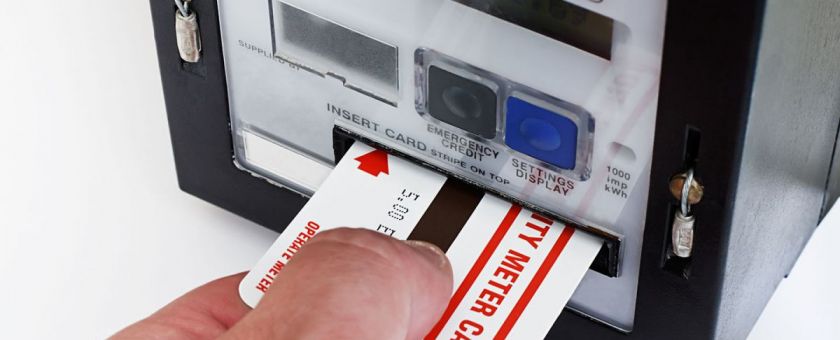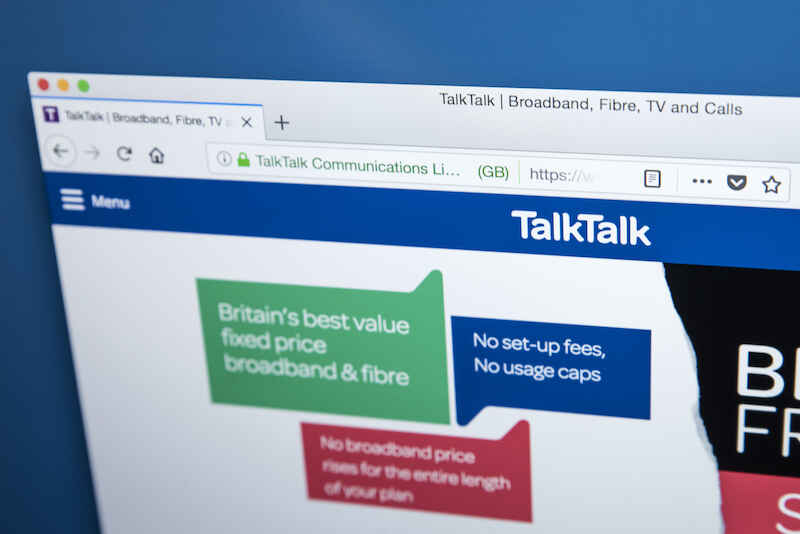Prepayment meters

Share this guide:
Last updated: 08 April 2021
Save money on your energy bills
Enter your postcode below to get started
How do prepayment meters work?
Prepayment (or pay as you go) meters require users to pay up front for their energy rather than in monthly or quarterly instalments. Energy is paid for by using a top-up card or key that can be purchased at local shops and topped up online. Every time you need to use an energy-using appliance in the house, credit will be deducted from your meter. Running out of credit will result in your power cutting out, until you top it back up again.
15% of people in the UK currently pay for their energy using a prepayment meter, according to 2017 statistics from energy regulator Ofgem.
Pros and cons of prepayment meters
| Pros | Cons |
|---|---|
| Customers can better manage energy usage which is especially beneficial for those in debt. | Usually more expensive with above average costs for electricity. |
| Large, unexpected bills are prevented as you know exactly how much you will get to spend on energy every time you top up. | Can be more inconvenient. You will need to manage the amount of energy you use and will need to take time out of your day to top up. |
| If you run out of credit your power will be switched off until you top it back up again. | |
| Reduced options in tariffs and plans. |
Save money on your energy bills
Enter your postcode below to get started
Are prepayment meters more expensive than credit meters?
More often than not, energy suppliers charge more per unit energy for people with prepayment meters than those on standard tariffs. A two-year investigation into the energy market by the Competition Markets Authority found that the cheapest prepaid tariffs were £260 to £320 a year more expensive than those available for direct debit households.
Another drawback to being on a prepayment meter is that you have fewer options in energy tariffs and plans. This includes fixed rate tariffs deals: a type of gas and electricity tariff that provides a ‘locked in’ rate per term. These are designed to protect consumers from price hikes by energy suppliers. Despite this, the recent energy price cap implemented by Ofgem benefits those with prepayment energy meters.
How to top up a prepay meter
Topping up is done by putting money onto your gas and electricity card or key. This usually has to be done in person, by going to a local convenience store or post office that has a PayPoint or PayZone machine.
After you have topped the card up, insert it into your meter and the money will be topped up. Some meters may give instructions on how to do so, and if you are unsure you can always contact your supplier.
‘Emergency credit’ will be provided by some suppliers. It will activate when you run out of money on your meter and acts similarly to an overdraft. Remember that once all the credit is used up, you risk losing power to your home until you top up again.
We advise you to make a list of all local stores and post offices where you can top up your prepayment meter. Knowing the opening and closing times of each could come in handy if you are looking to top up, especially in an emergency.
Do not panic if you lose or damage your prepayment card or key. Contact your supplier and let them know what has happened - they should ship out a new one to your address immediately. They will also authorise a temporary card to your local post office that you can use in the meantime. In some areas this may not be possible and instead an emergency callout may occur, which will come at a cost.
What to do if you've just moved into a house with a prepay meter
The first thing you need to do is register with the energy supplier as the new occupant of the house immediately. If you don’t do this you could end up paying off the previous inhabitant’s debt or the wrong rates, as the previous owner may have been in debt to the company.
Check your MPRN or MPAN meter numbers to find out who the supplier is if you're unsure.
Read our guide on switching from a prepayment to a standard meter for more information.
We are an independent and impartial price comparison website.
Our services are 100% free to use.
usave.co.uk is supported by its users. When you make a purchase through links on our site, we may earn an affiliate commission.
Don't miss these
-
-
How to Pay Your Energy BillsTariffs and Bills
-
-
Read on our blog

With the government poised to implement tough new measures to...

Budget broadband provider TalkTalk has been notifying customers via email...

A year-long investigation by charity Citizens Advice has revealed a...

Education Secretary Nadhim Zahawi has announced a new commitment to...






